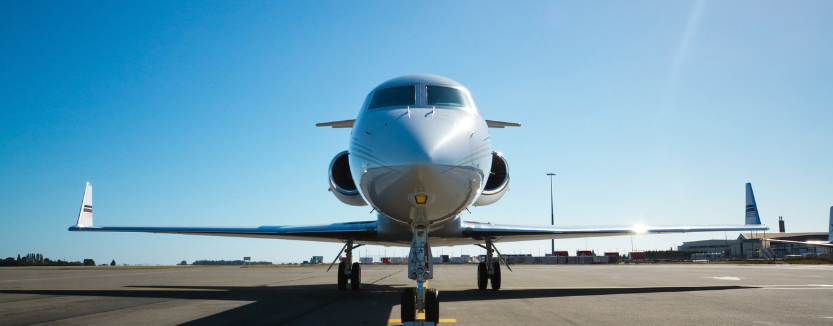Executive or corporate aviation is carried out by companies and aircraft dedicated to the efficient, comfortable and safe transport of people in small groups between any origin and destination.
This type of aviation has more exit in a Europe where travel is fast and comfortable, with the aim of not wasting a single minute. These two factors are key for many companies outside the aeronautical sector to have pilots on staff or travel to rental services. These companies can offer a small 8-seater reactor up to a B737 to real flying offices equipped with all kinds of amenities.
In addition, the equipment on board is especially careful, including comfortable seats, work tables, kitchens equipped to the last detail, very complete bathrooms, etc. Sometimes you can even talk about real luxury, with leather sofas, beds, giant screens…
This sector is growing. Global executive aviation moves more than $25 billion a year, and selling it such aircraft also continues to grow, with China, North America and the Persian Gulf being the most commercial markets. This data also includes the Charter or Aerotaxi sector, which, far from being a great luxury, also represents a necessary service for senior executives.
Some 650,000 journeys are made on average in Europe, and the most representative form of growth is the corporate one. This type of service offers the fractional aircraft, with blocks of hours at a very competitive price.Executive Airlines is the 1st company in Spain in corporate aviation, and was founded with the aim of changing this type of aviation in Europe.
Executive Airlines was born from the need to manage its own aircraft and not from that of profiting from third-party management, transferring its interests to those of its customers, and has ended up consolidating itself as the second executive aviation company in the market Spanish. There are several major companies that rely on their services, both private clients and large corporations. It currently has a fleet of 30 aircraft and also offers long-haul flights, linking Europe with the rest of the world.
The main Spanish airports have incorporated into their terminal facilities or spaces dedicated to this type of aviation. Barcelona-El Prat Airport has since 2008 what AENA calls its Corporate Terminal. The Terminal is managed, by public award, by two private companies, the company specialized in airport handling Menzies Aviation, and the leading Spanish company in executive aviation, Gestair. These terminals are usually equipped with lounges and comfortable and efficient facilities for work.
Another important element for the development of this type of aviation is the platform for the parking of jets, to be provided by airports. At major airports, or with a large volume of operations, this platform is usually independent of that for commercial aviation aircraft. The Barcelona-El Prat platform for executive aviation is adjacent to the Corporate Terminal, and has the capacity to accommodate 42 such aircraft, a tight capacity.In any case, corporate aviation is a high-cost aviation.
However, for many users, its use is defended from a functional point of view. For example, in the case of multiple company managers moving to a destination without direct flight, scales can be a significant waste of time, and even sometimes these managers may have to stay overnight. In these cases, the costs of accommodation and additional tickets can also be high, so, by bringing together the hours lost on a commercial flight, the company can be profitable.
In conclusion, executive or corporate aviation provides amenities that a commercial flight does not offer, but more importantly, saves valuable time that will result in significant money savings in the medium term for you or your business; almost six hours less per flight if you consider a round trip on a commercial airline.
